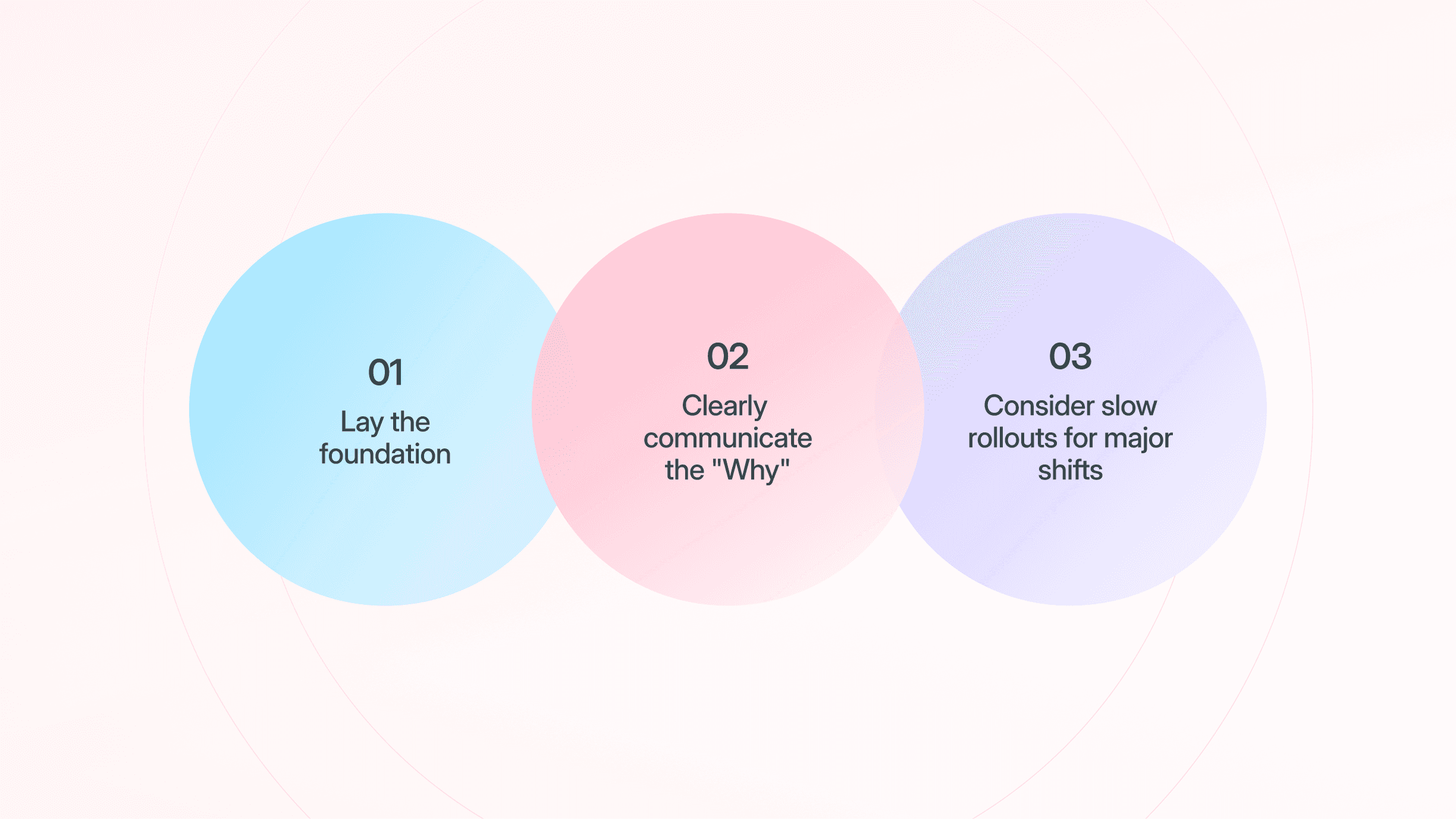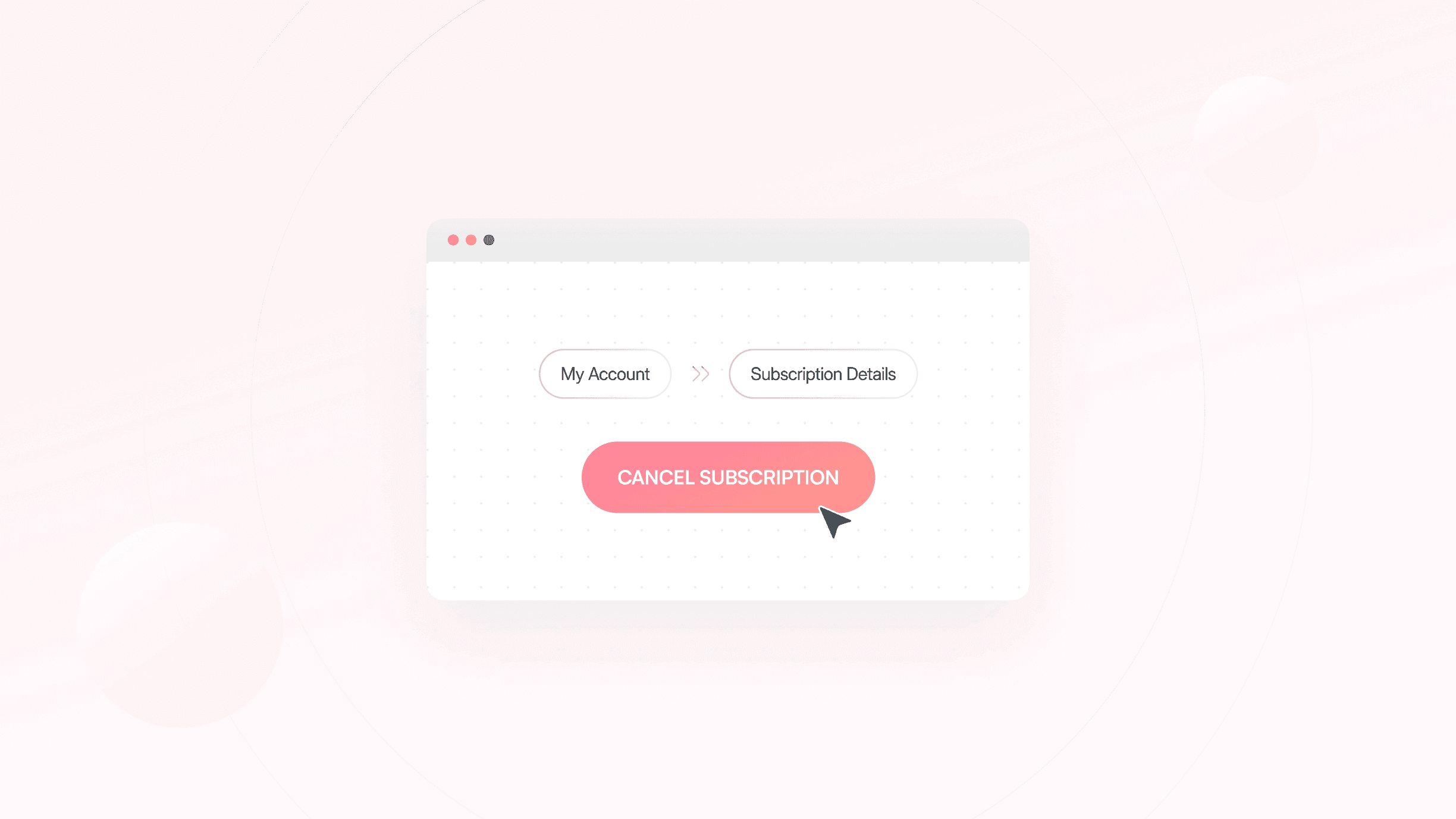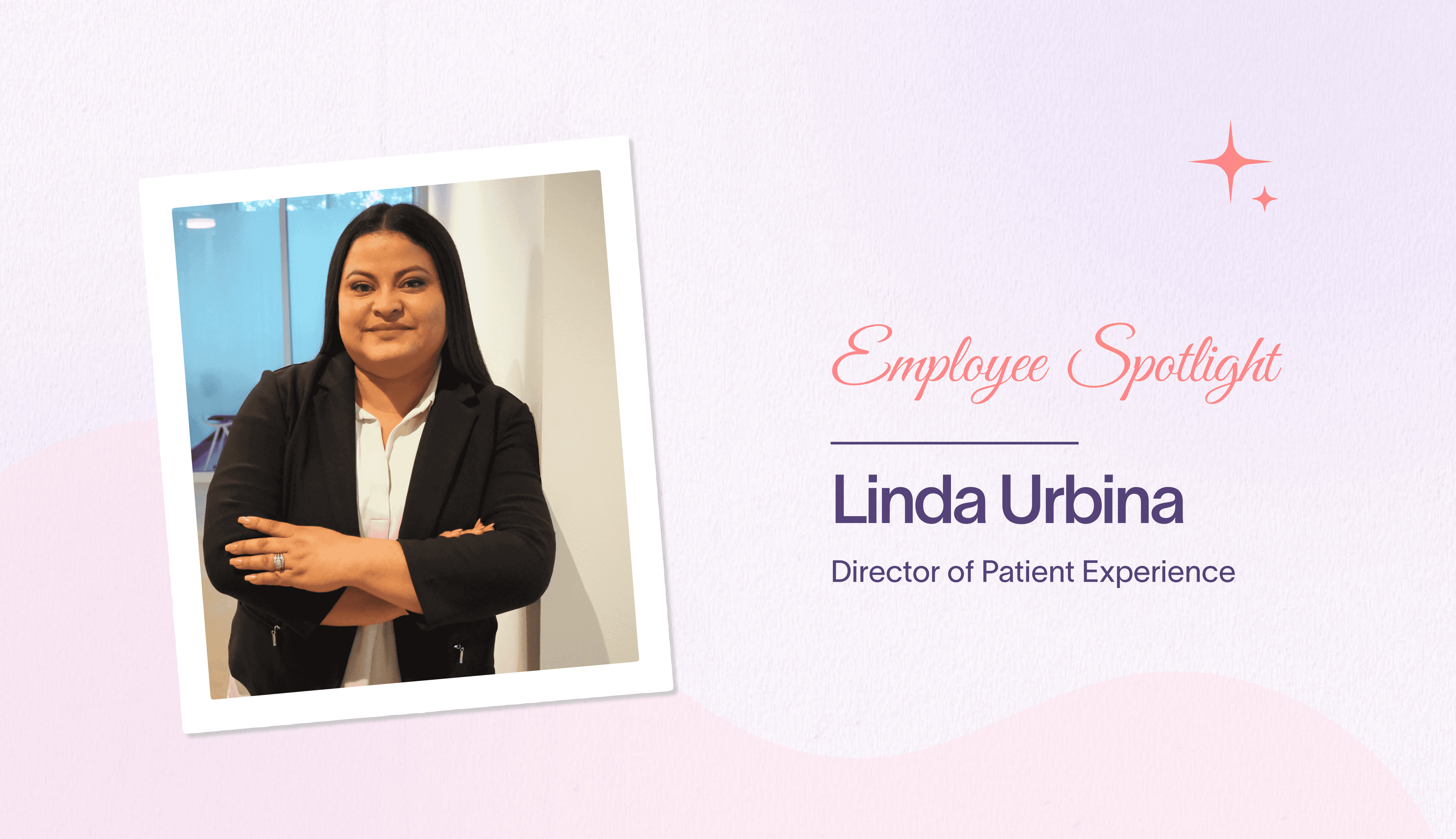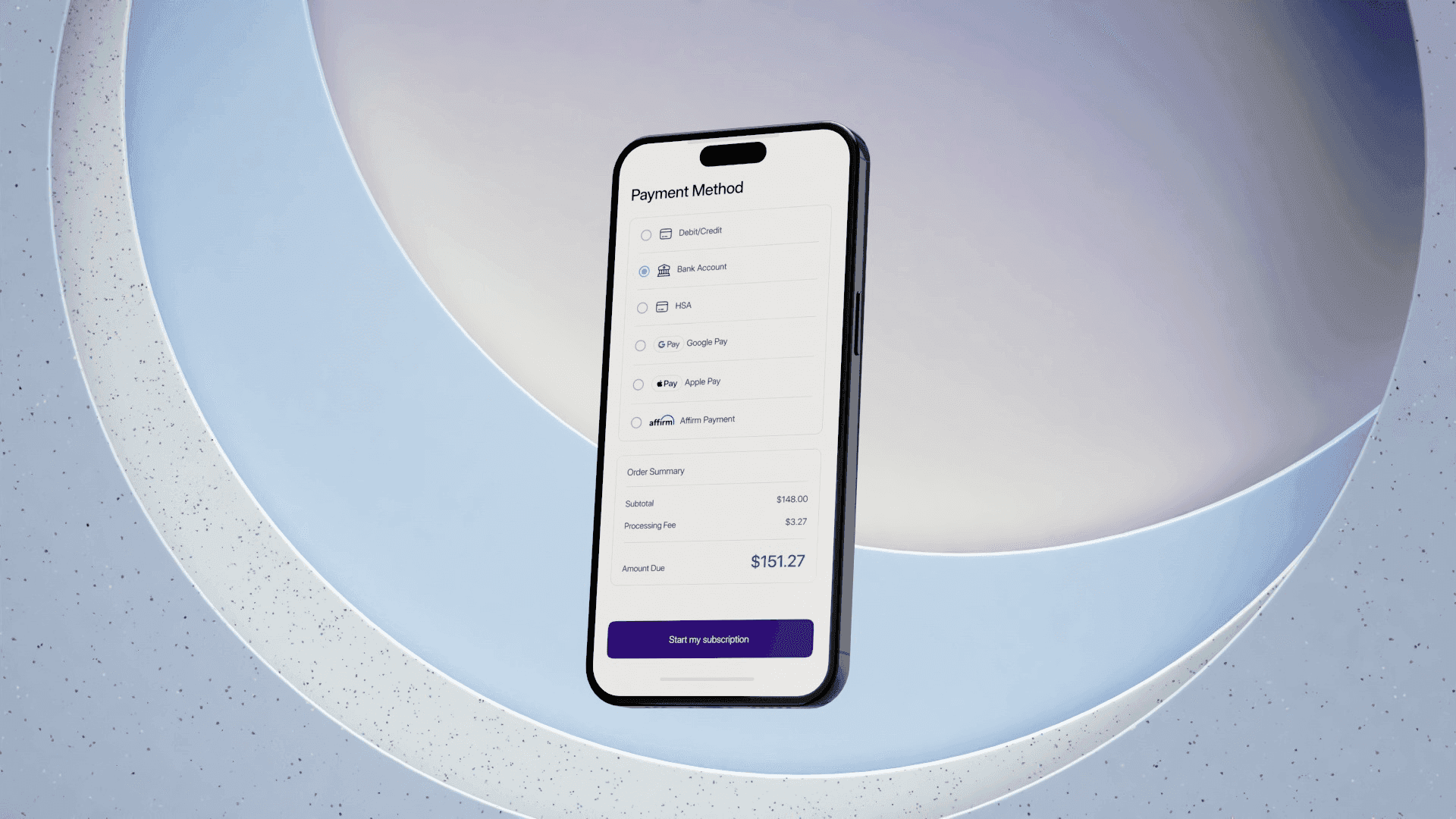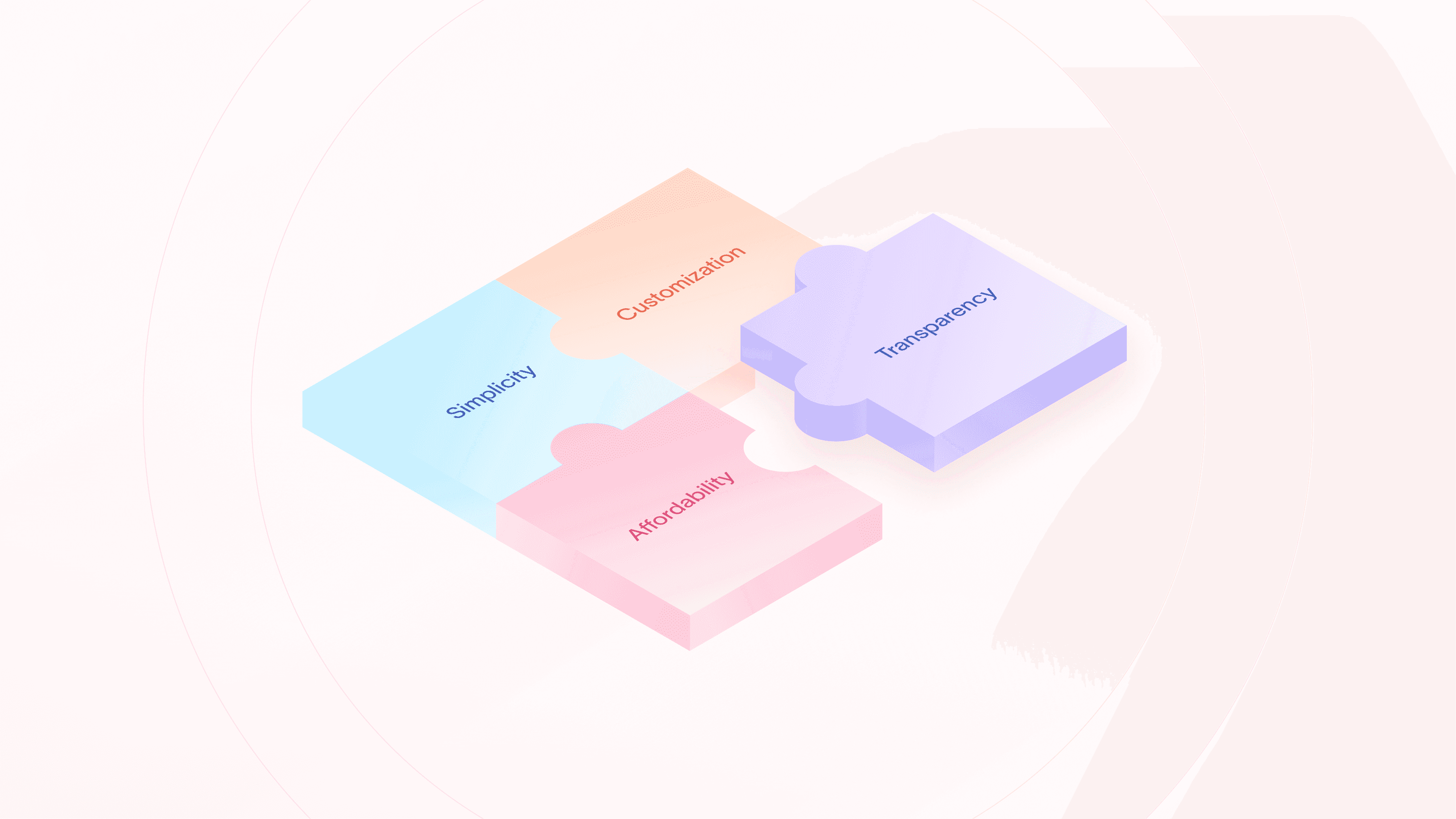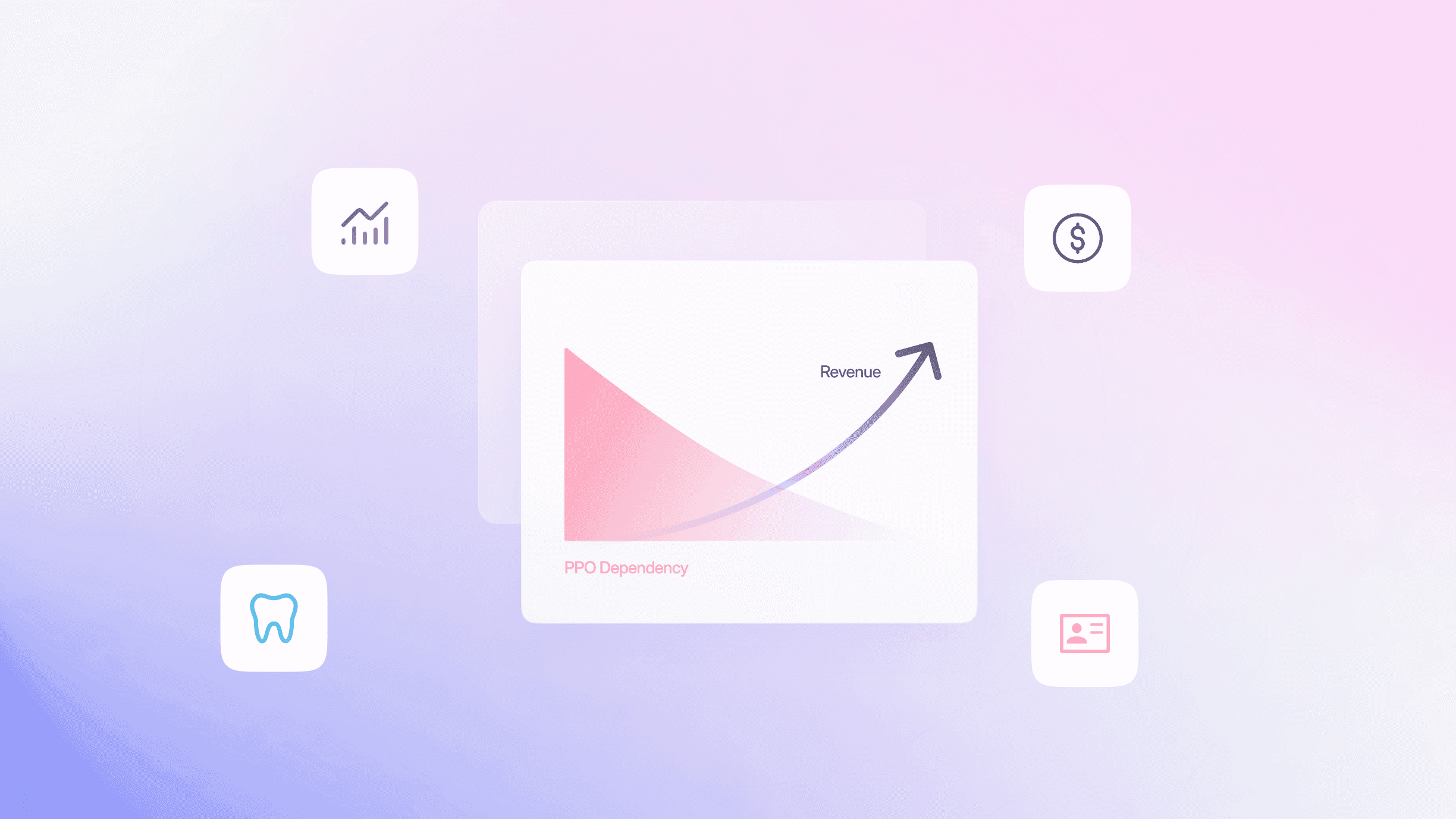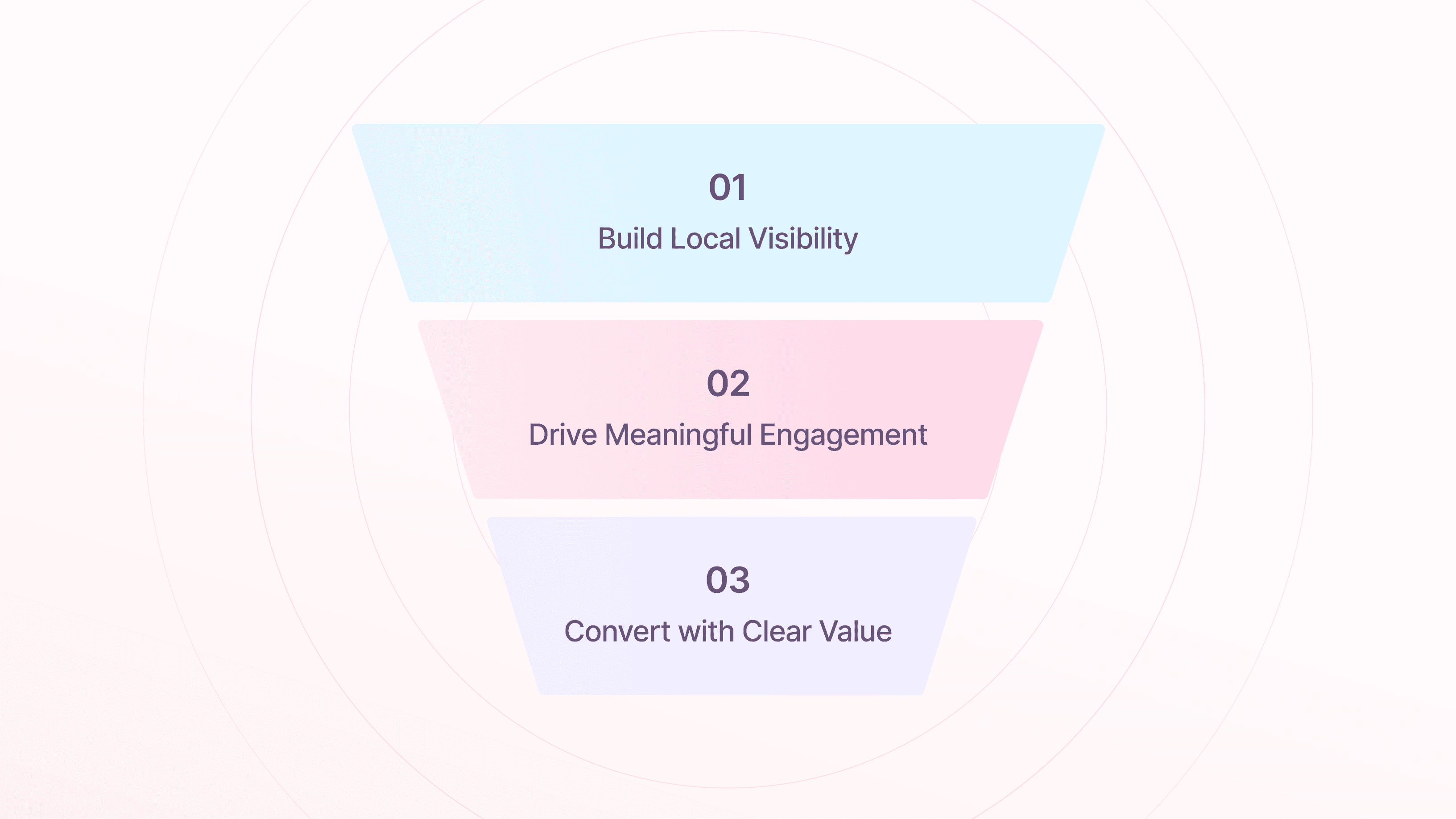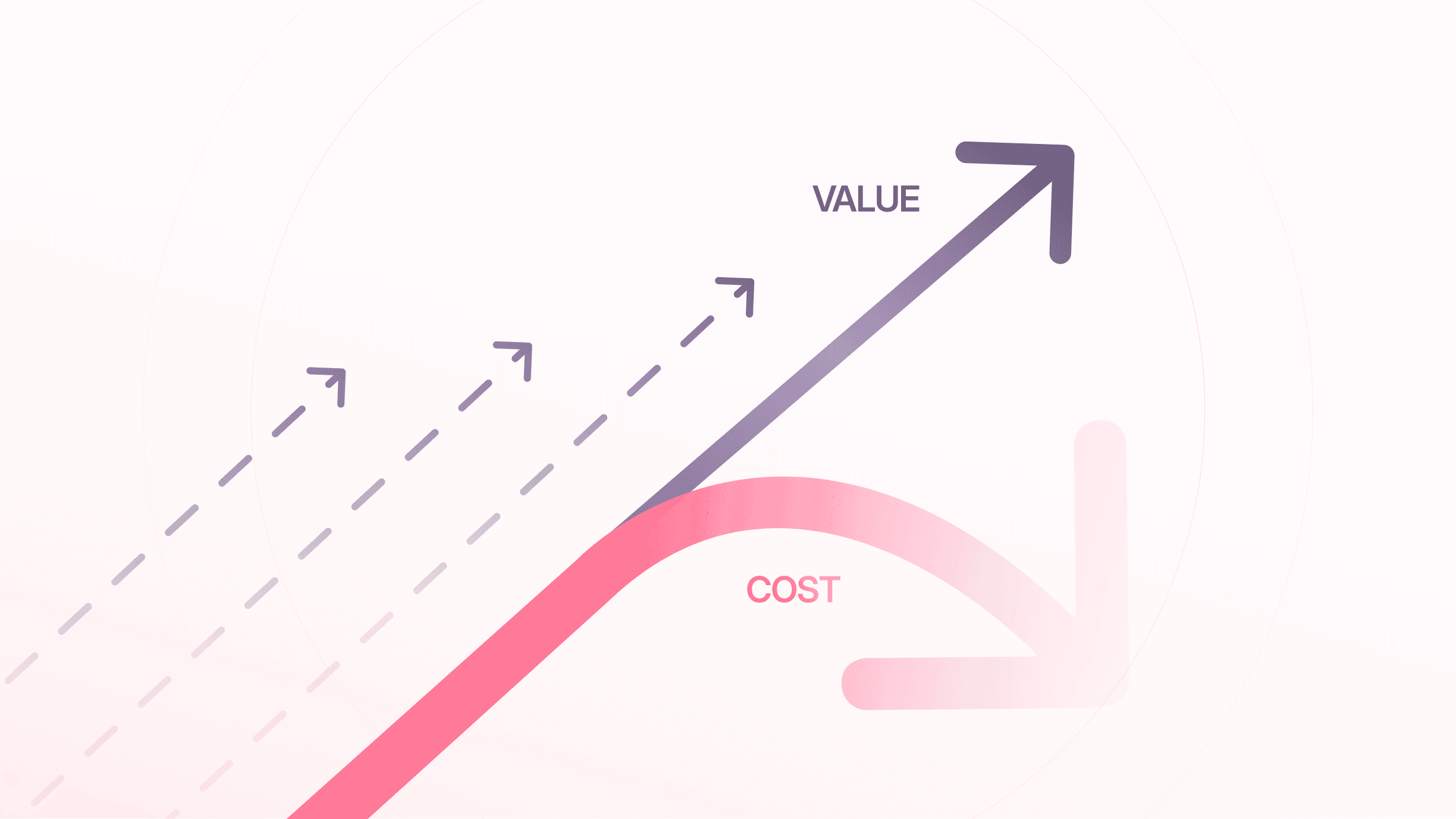June 2025
Why Integrating Your Tech Stack Matters in Dental
Attracting patients as a DSO means balancing efficiency, compliance, and standing out across locations.

Sudha Vetri
Founder & CEO

Running a dental business, especially a DSO or large organization, means juggling a lot more than patient care. From standardizing service across locations to managing schedules, patient communication, payments, and preventive care, dental administration has grown increasingly complex. That’s where your technology stack can make a difference to your organization.
Your “tech stack” is the collection of digital tools that keep your practice running—everything from your Practice Management System (PMS), patient communication platforms, billing software, and increasingly, tools like Subscribili that power patient subscription plans.
But here’s the catch: if those tools don’t work together, they create inefficiencies—duplicated tasks, manual errors, and added pressure on your team. That’s where integration comes in.
What an integrated tech stack really means
The phrase “integrated tech stack” might sound like something reserved for Silicon Valley startups, but it’s just as critical for dental practices—especially when you consider that the average practice uses more than 6 different software tools to operate day-to-day. That’s 6 different places where patient information lives, and 6 potential points of friction between your front office, clinical team, and patients.
When these tools aren’t connected, your team has to manually re-enter information, cross-check data across platforms, and troubleshoot errors on the fly—all while a patient is standing at the front desk. It’s stressful, error-prone, and a poor use of your staff’s time.
But when those systems are integrated, that friction disappears. Information flows seamlessly from one tool to another. Patients don’t have to repeat themselves. Billing and treatment data stay aligned. And your team gets to focus on what matters most: providing great care.
How it works
Most modern software platforms connect through something called an Application Programming Interface, or API. You don’t need to be an expert on all the technical details, but here’s the gist: APIs allow systems to securely “talk” to one another, exchanging data in the background and standardizing it to fit into different systems without losing context.
For example, even if your PMS calls a field “Patient Responsibility” and another calls it “Financial Responsibility,” the API ensures the right data lands in the right place. This is especially important in healthcare, where patient data needs to move securely and in compliance with HIPAA.
What an integrated stack can do for your DSO
Integrating your systems isn’t just about convenience—it’s a strategic decision that impacts every layer of your practice, from front office operations to patient health outcomes to your bottom line.
Calming the front office chaos
Your front desk team is the heart of your practice– they’re connected to everything and their output impacts the rest of the system. On a good day, when all else is going well, they’re checking patients in, answering phones, verifying insurance, collecting payments, and trying to keep the schedule running smoothly—all at once. When tools don’t talk to each other, they have to make up the difference manually: re-entering data across multiple systems, fixing errors, and tracking down missing information–often with a patient standing in front of them at the desk.
Integration simplifies their world. When your tools plug directly into your PMS, your team can access crucial information to ensure patients maximize their care and have an easy experience with your practice. When the staff doesn’t have to access five different portals, the staff can be more attentive, less stressed, and more present with every person who walks through your door.
Better patient outcomes
When your systems are integrated, your practice is better equipped to deliver proactive, consistent care. Subscribili, for example, empowers patients to commit to routine preventive care through a membership plan. By integrating their subscription and utilization data directly into your PMS, you can more easily track who is due for cleanings, exams, or follow-up care—and automate the reminders that bring them back in and ensure patients maximize their eligibility.
That consistency leads to earlier detection of issues, fewer untreated conditions, and ultimately, healthier patients. It builds trust and makes the experience of working with your staff less painful than they’ve come to expect, encouraging them to come back for regular care.
Managing spend on your tools
Every tool in your tech stack comes with a cost: not just licensing fees, but also the time it takes to train the team and the hidden inefficiencies that create even more stress on your operations. When those tools aren’t integrated, your team spends more time managing them than benefiting from them—and that time costs money.
With integration, you’re making your existing tools more valuable by getting them to work together. You reduce the need for manual workarounds and redundant software. You cut down on costly mistakes from human error.
And perhaps most importantly, you’re able to clearly measure the ROI of your tools – because their data flows directly into your practice’s daily operations and reporting.
An integrated tech stack isn’t just a convenience—it’s a competitive advantage. When your tools work together seamlessly, your team runs more efficiently, your patients get better care, and your practice grows with less friction.



